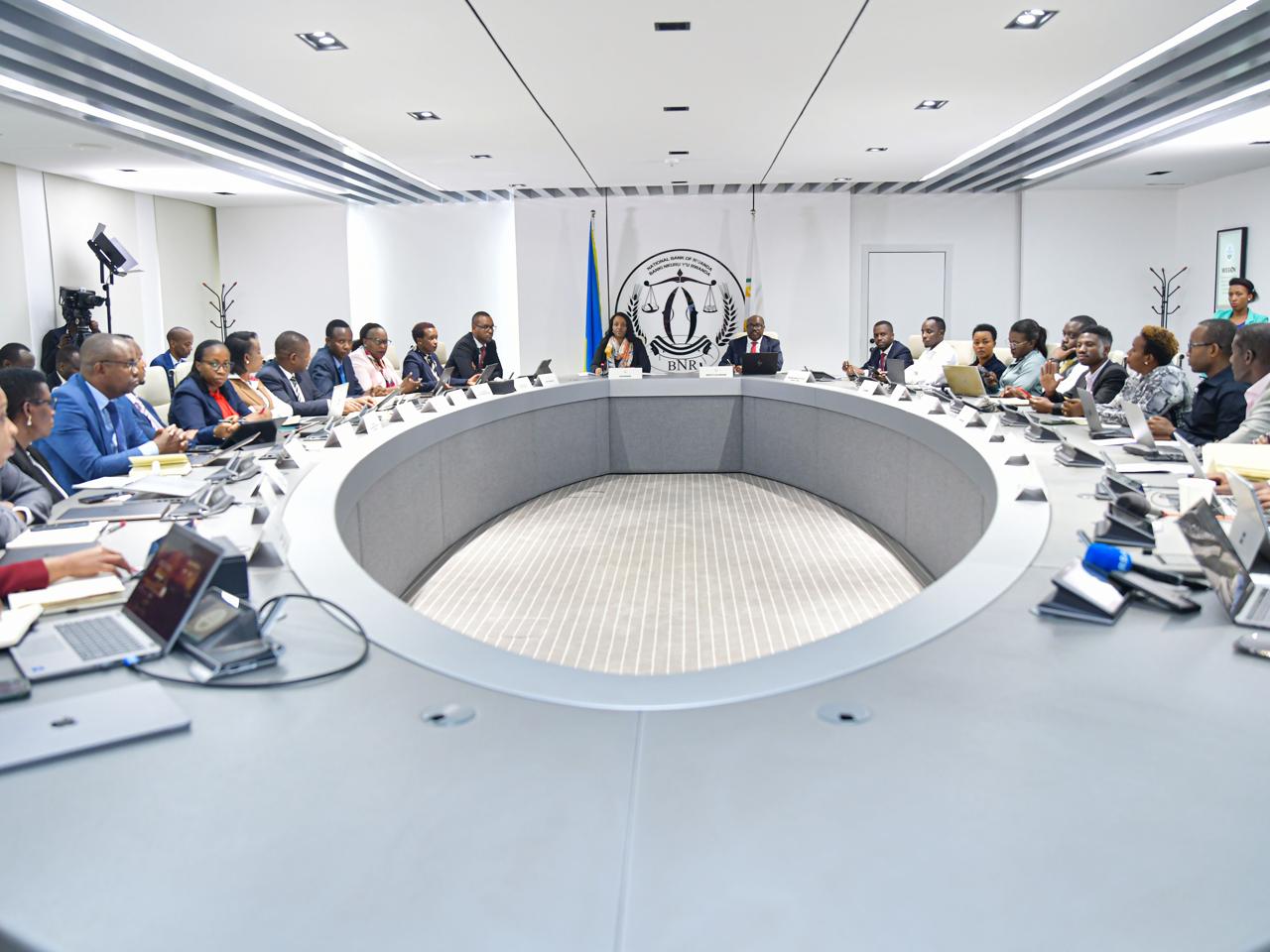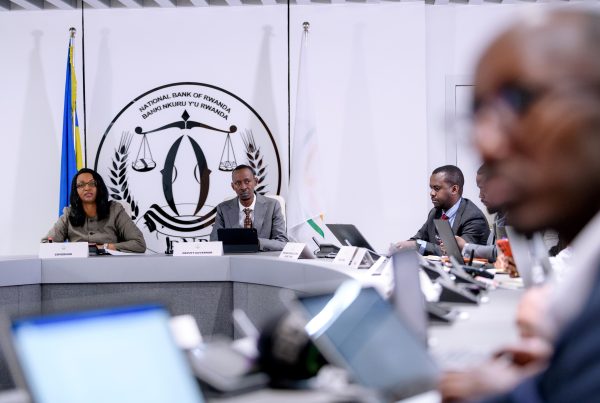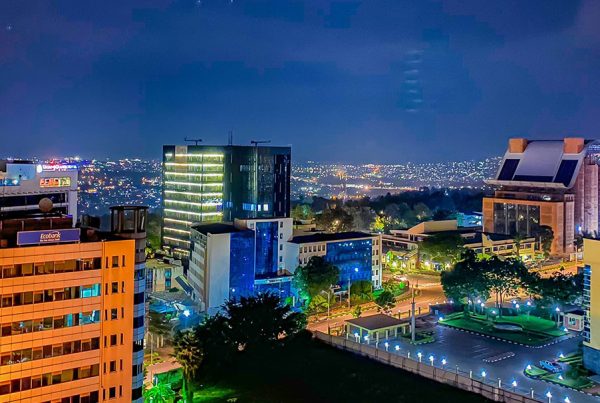Rwanda’s Central Bank kept its key interest rate unchanged at 6.5 percent, as policymakers weigh persistent food price pressures, an easing energy market, and growing risks from global trade tensions and climate volatility. The move underscores the central bank’s confidence that current monetary conditions remain sufficiently tight to manage inflation while supporting the country’s growth trajectory.
Governor Soraya M. Hakuziyaremye said the decision by the Monetary Policy Committee reflects a data-driven approach, noting that Rwanda’s inflation remains within the 2 percent to 8 percent target range despite recent increases in food and core inflation. The interbank lending rate has fallen significantly in 2024, driven by two rate cuts totaling 100 basis points and ample liquidity in the banking system. The rate currently stands at 6.78 percent, down from 8.29 percent in the first quarter.
Deposit rates have also dropped, declining by 84 basis points to 9.45 percent, with notable reductions across various maturities. Lending rates, meanwhile, have eased to an average of 15.89 percent, a drop of 46 basis points, largely reflecting a significant decrease in short-term lending costs. Short-term loans now make up 59 percent of all newly authorized credit, indicating a broader shift in lending behavior.
The central bank forecasts headline inflation to remain elevated at around 6.5 percent through the remainder of 2025, before declining to 3.9 percent in 2026. April data showed inflation easing to 6.3 percent after peaking at 6.7 percent in the first quarter, an uptick from 5.2 percent in the last quarter of 2024.
The rise was largely driven by higher prices in hotels and restaurants, while energy inflation eased on the back of falling firewood and charcoal prices, despite an increase in liquid fuel costs following a February revision.
Food inflation has been particularly persistent due to seasonal factors. A shortage in the market supply of beans and Irish potatoes, still under cultivation in the current season, contributed to the fresh food price hike.
“Central banks in every country are grappling with the challenge of maintaining price stability while climate change continues to disrupt agricultural production and, by extension, food prices,” Chief Economist, Thierry Kalisa said. “We are working to incorporate the effects of climate change into our economic models to better understand how food inflation could spill over into other areas such as housing, utilities, and core inflation.”
Kalisa said that beyond inflation modeling, Rwanda is partnering with regional and global central banks to improve climate-responsive monetary forecasting. The broader government response, he added, includes measures such as investments in irrigation to make agriculture less dependent on rainfall.
“The government is aware, and the Ministry of Agriculture is putting in place strategies like irrigation to adapt to the climate shocks,” he said. “We are also using real-time meteorological data to inform both our models and guide farmers to adjust accordingly.”
Governor Hakuziyaremye acknowledged that while some jurisdictions like the European Central Bank have already started cutting rates, Rwanda’s policy remains guided by its own inflation data and projections. She noted that global trade uncertainty, including recent tariff announcements, poses a potential risk to Rwanda’s inflation outlook, but said the central bank has yet to observe concrete data suggesting imported inflation pressures.
“It’s still too early to determine the impact of the new U.S. tariffs on global trade or whether they will translate into inflation here,” she said. “We continue to rely on the data we have, and based on current conditions, the central bank rate remains appropriate.”
The Governor emphasized that Rwanda’s monetary tightening between 2022 and 2023 has yielded results, with inflation projections now comfortably below the upper band of 8 percent. However, she warned that heightened volatility in global trade or commodity supply chains could force the central bank to reconvene and consider policy action if necessary.
“Uncertainties surrounding tariffs, geopolitical tensions, and supply chains are real,” she said. “If those risks materialize, we are prepared to assess their impact and take appropriate monetary policy action.”
Despite climate shocks earlier this year, the Rwandan economy is expected to sustain its growth momentum. GDP growth is projected at 7.1 percent in 2025, up from a moderate performance in the short term caused by adverse weather conditions. Financial sector expansion has supported this outlook, boosted by a more accommodative credit environment and easing rates.
While the global narrative points to the start of a monetary easing cycle, Rwanda’s central bank remains cautious. Both the Governor and Chief Economist echoed a commitment to data-driven policymaking, guided by domestic realities rather than global trends.
“We certainly will not take unconventional measures,” said Kalisa. “We rely on the data, the projections, and take action to ensure we remain within our inflation band.”





